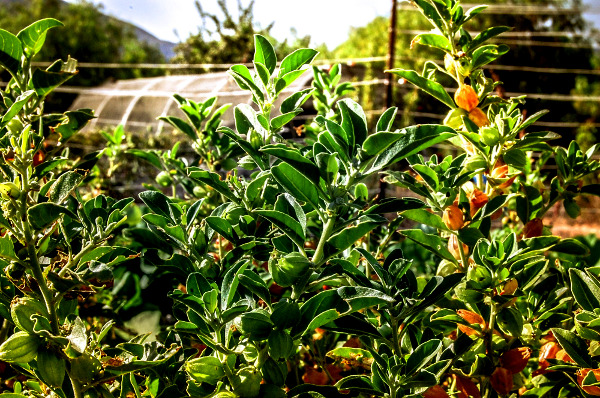NEW DELHI: India has foiled a major bio-piracy bid on the use of Ashwagandha — India’s wonder plant in the treatment of a range of illnesses including depression, diabetes, insomnia, convulsions and gastritis.
On March 25, the European Patent Office (EPO) decided to withdraw American multinational company Natreon Inc’s patent applications on the plant’s medicinal properties after India submitted documented proof confirming how medicinal formulations using Ashwagandha were being used in India as far back as in the 12th century.
Called the Indian ginseng, Ashwagandha is used extensively in Ayurveda, Siddha and Unani — India’s traditional systems of medicine.
But Natreon on July 27, 2006 filed patent applications in the EPO on Ashwagandha’s (Withania somnifera) ability to treat or manage anxiety induced stress, depression, insomnia, gastric ulcers and convulsions.
Shocked, head of India’s Traditional Knowledge Digital Library (TKDL) Dr V K Gupta shot off a letter to EPO on July 6, 2009 submitting evidence to confirm that Ashwagandha’s medicinal properties against the mentioned conditions were long known.
Interestingly, India’s protest letter also contained 15 pieces of evidence and documents dating back to the 12th century. Excerpts from age-old texts of Ayurveda, Unani and Siddha where such formulations were mentioned were also attached.
Council of Scientific and Industrial Research’s letter to EPO in 2009 said, “The patent application number EP 1906980 titled `method of treatment or management of stress’ may kindly be referred to wherein treatment of anxiety induced stress, depression induced stress, sleep deprivation induced stress, thermic change induced stress and gastric ulcer induced stress with Withania somnifera has been claimed to be as novel.”
The letter added, “But in TKDL, several references are there, wherein Withania somnifera is used for treatment of depression, insomnia, gastritis, gastric ulcer and convulsions since long. Hence, there does not seem to be any novelty or inventive step involved in the claims made in the above patent application.”
As a result of this `third party submission’, a notice was issued to the American company concerning the patentability of the invention and was directed to comment on it.
Along with this came a European Search report regarding the application on November 9, 2009 in which TKDL’s evidences were highly appreciated.
Natreon was asked to reply within two months of that search report failing which, its application would be considered withdrawn.
“As was expected, in presence of strong TKDL evidence, the applicant did not reply and withdrew its claims,” an Indian official said.
TKDL is a collaborative project between CSIR, ministry of science and technology and the health ministry’s department of AYUSH.
A few months ago, TKDFL had helped EPO cancel its “earlier intent to grant patent order” to a Spanish company on the use of melon extract to cure Vitiligo – a disease that causes skin de-pigmentation in almost 65 million people globally.
Interestingly, under India’s ancient Unani system, hakeems have been using melon extract to cure this disease for hundreds of years. It took eight years to create the TKDL.
Source : ToI
You may also like
-
India Against Mpox
-
Combination of ‘Siddha’ Drugs Reduces Anemia in Adolescent Girls: Study
-
Suspected Mpox Case Under Investigation; Patient Put Under Isolation, No Cause for Alarm
-
Prime Minister Applauds India’s Best Ever Performance at the Paralympic Games
-
National Exit Test (NExT) for Ayush to be Effective from 2021-2022 Batch: Union Minister of Ayush Shri Prataprao Jadhav
